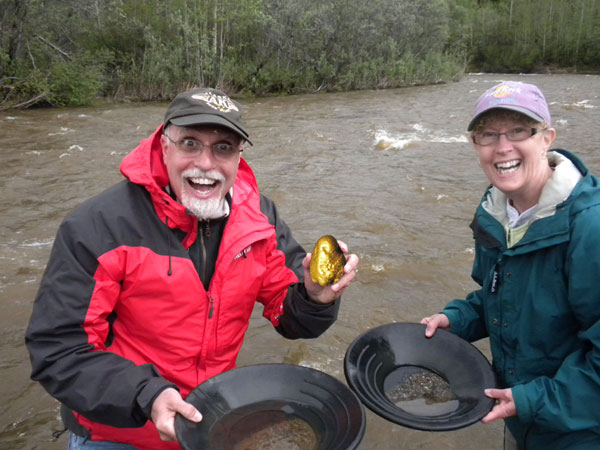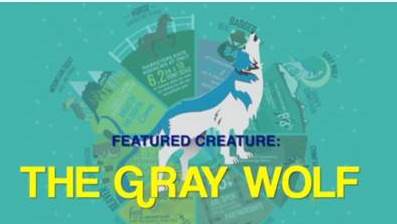Release Your Inner Curator: it’s good for business development (Part II)
We recently began a blog series showing how to gear up a content curation program of your own. Part I included these steps:
- Set your curation strategy.
- Choose a topic.
Steps three and four follow here.
Step Three: Gather sources
You no doubt follow and read trade publications that are relevant to your industry already. Also, if you spent some time researching your topic area, you probably discovered a few more sources. Now what you’ll need is a way to keep a steady stream of posts and articles coming at you and a reasonably simply way of organizing it all.
Do you like free stuff? If you said, “Free?! I’ll take two!” you’re going to be very happy.
Check out Feedly. No, RSS feeds didn’t die when Google Reader breathed its last gasp in 2013; many publications still have an RSS feed and Feedly is a free RSS feed reader that will help you organize your content.
After a short set up, you can add the RSS feeds of blogs and publications you’re already familiar with, but you can also discover new sources through the app itself. With Feedly, you can organize your sources into collections, keep track of newly published material, and save articles to read for later. You can even create an RSS feed from your Google News Alerts that then ties into your account.
Nothing beats having all of your sources in the same place.
Another tool I’ve started using lately is Pocket. It’s an app that allows you to save articles, videos and images to read later directly from your browser. Add its extension to your web browser and whenever you run across great content, you can click on the icon in your tool bar. That page is then saved to your Pocket account to read later, even if you’re offline. It’s a way to ensure you never miss anything that might later serve as curation fodder.
But, as the saying goes, not all fodder is created equal. You’ll want to evaluate each piece of content for relevancy and quality. What will your prospects find useful and interesting? If you think the content you’re sending is worth a few minutes of your time, they probably will too.
Add and remove sources from your collection as you become more familiar with them, but remember, you can’t rely on too few. If all you’re sending is one Forbes article after another, pretty soon your reader will simply bypass you.
Step Four: Provide your own insight
Content curation isn’t content aggregation.
Your goal isn’t to just share all the posts and videos that are fit to share with the good little boys and girls of the marketing world. Your purpose is to close business, so you’re missing the point if all you do is pepper prospects with plentiful posts and articles. You want to establish your agency as an authority in your industry sector.
To that end, you must surround your content with context, like a baby in a blanket. You have to show the reader why an article or post is valuable.
Provide insight. Why is this article important to your prospect? Does it highlight something their competitors are up to? Is it describing a new marketing technology that they’re missing out on? Why should they care?
If you can write one to two very short paragraphs that answer these questions, the reader may favor your content with a click. If you’ve provided them with something of value, they are far more likely to recognize your name in their inbox or your voice on the phone. Before you know it, you’re nurturing a relationship and getting closer to a close.
Next week we will wrap up with the final steps.
















